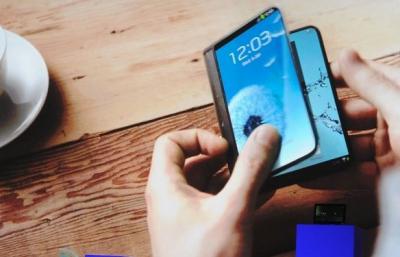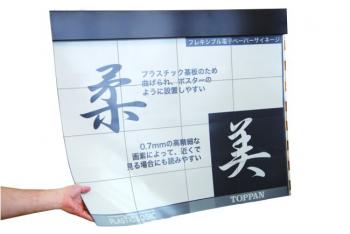Plastic Logic explains why OTFTs are compelling as flexible OLED backplanes
 A few weeks ago I posted about Plastic Logic's OTFT-based AMOLED demonstration. While the company's current demo is a simple display (monochrome white), it seems that Plastic Logic believes that OTFT technology is now reaching a performance level for adoption in AMOLED displays.
A few weeks ago I posted about Plastic Logic's OTFT-based AMOLED demonstration. While the company's current demo is a simple display (monochrome white), it seems that Plastic Logic believes that OTFT technology is now reaching a performance level for adoption in AMOLED displays.
I discussed this with Mike Banach, Plastic Logic's Research Director. Mike (and the rest of the team at PL too, of course) says that organic semiconducting materials have reached a "tipping point" in electrical performance that makes them viable to drive flexible OLED displays. Couple this with the industrial and flexibility benefits of using solution-based organic materials makes it a compelling technology option for display makers looking to establish a position in the flexible display market.






